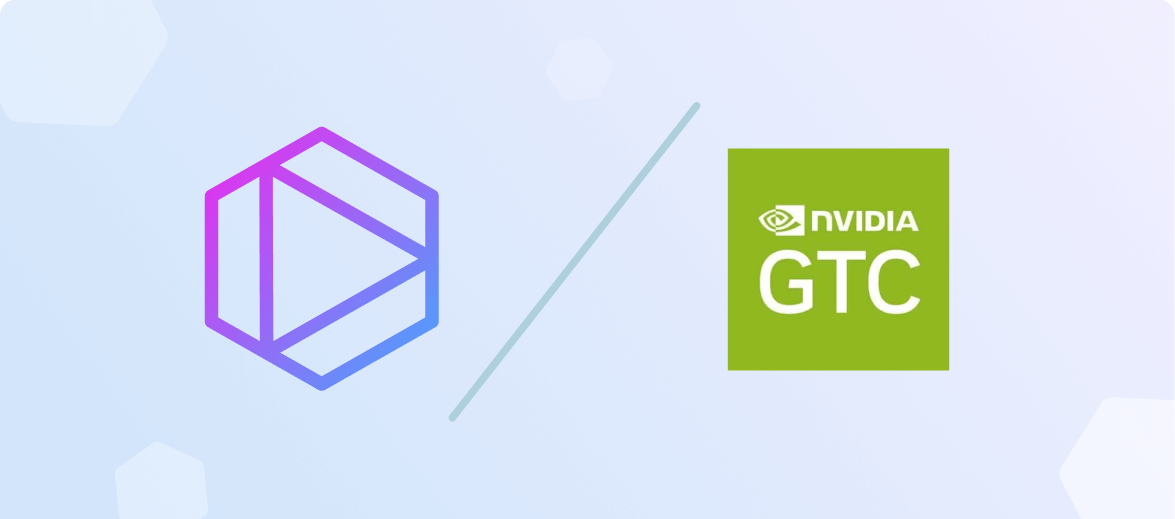
Key takeaways and Tabnine FAQs from Nvidia GTC
March 27, 2024
/
4 -min read
Last week Tabnine sponsored Nvidia GTC, joining 30,000 developers, business leaders, and AI researchers for one of the premiere AI conferences.
Show more